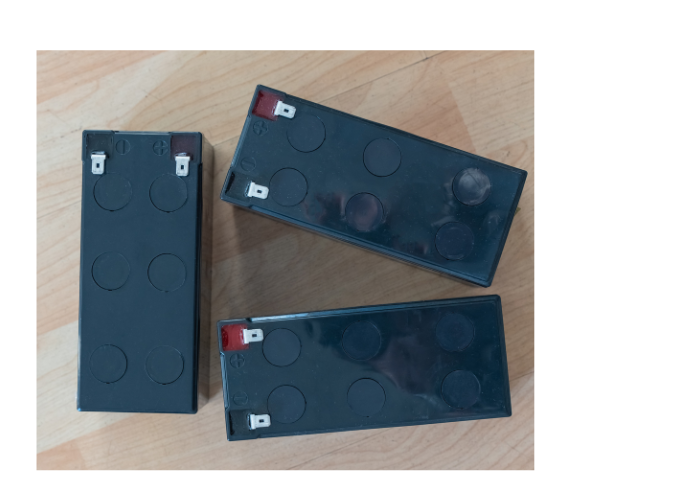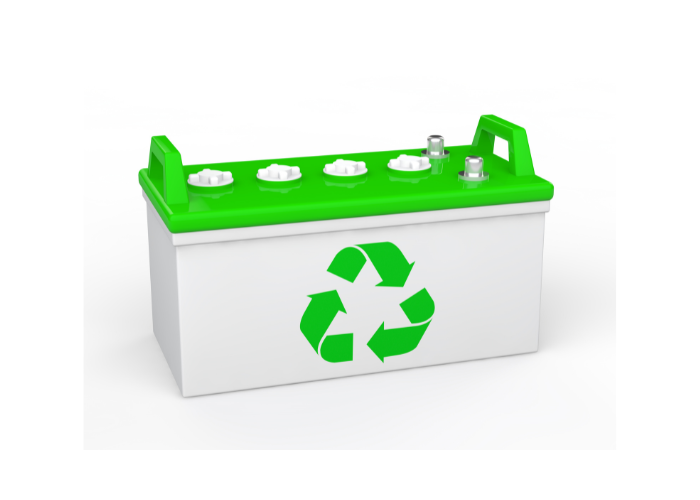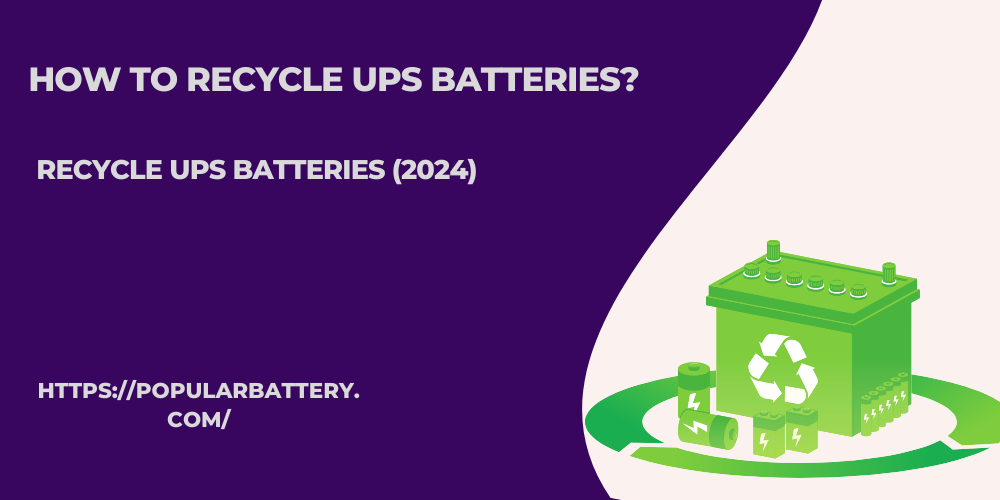How to recycle ups batteries? recycle ups batteries (2024). Recycling UPS (Uninterruptible Power Supply) batteries is a crucial step in promoting environmental sustainability and reducing hazardous waste. UPS batteries, typically lead-acid or lithium-ion, contain materials that can be harmful to the environment and human health if not disposed of properly.
To recycle UPS batteries, identify the type (lead-acid, lithium-ion), handle with care, and use protective gear. Check local disposal regulations. Find a certified recycling center or retailer take-back program.
Wear protective gear and handle batteries carefully to prevent leaks or spills. Ensure the batteries are not damaged. Safely transport the batteries to the recycling center. Ensure they are securely packed to prevent movement or damage during transit.
How to recycle ups batteries? recycle ups batteries (2024)
Why Recycle UPS Batteries?

- Environmental Protection: UPS batteries contain hazardous materials, including heavy metals like lead and cadmium, that can leach into the ground, contaminating soil and water sources. Recycling these batteries prevents the release of toxic substances into the environment, safeguarding ecosystems and human health.
- Regulatory Compliance: Many regions have strict regulations governing the disposal of electronic waste, including UPS batteries. Recycling ensures compliance with these laws, helping individuals and businesses avoid potential fines and legal issues.
- Resource Conservation: UPS batteries contain valuable materials that can be recovered and reused, such as lead, lithium, and nickel. Recycling conserves natural resources by extracting these materials from spent batteries and repurposing them for new products, reducing the need for virgin material extraction.
- Energy Efficiency: The process of recycling batteries is often more energy-efficient than mining new materials. By recycling, we reduce the energy consumption and greenhouse gas emissions associated with raw material extraction, processing, and transportation.
- Economic Benefits: Recycling creates job opportunities in the recycling and manufacturing industries. By supplying materials recovered from old batteries, recycling supports the economy and promotes the development of green technologies and renewable energy sectors.
Types of UPS Batteries and Their Recycling Processes.

- Lead-Acid Batteries:
- Prevalence: Common in many UPS systems due to their reliability and cost-effectiveness.
- Recycling Process: Lead-acid batteries are broken down in a controlled environment. The lead is smelted and purified to be reused in new batteries or other products. The sulfuric acid is either neutralized and turned into water or converted into sodium sulfate, which is used in laundry detergents, glass, and textile manufacturing.
- Lithium-Ion Batteries:
- Prevalence: Increasingly popular for their high energy density and long lifespan.
- Recycling Process: Lithium-ion batteries undergo a process to safely handle and dismantle them, often involving a mechanical shredding and separation of components. Metals like cobalt, lithium, and nickel are recovered and repurposed for new batteries and other applications.
- Nickel-Cadmium Batteries:
- Prevalence: Less common in new UPS systems but still in use and require proper disposal.
- Recycling Process: These batteries are carefully processed to recover cadmium and nickel. Cadmium is toxic and handled with extreme care to prevent environmental contamination. Recovered metals are used in new batteries and various metal products.
- Nickel-Metal Hydride Batteries:
- Prevalence: Found in some UPS systems as an environmentally friendlier alternative to nickel-cadmium.
- Recycling Process: Similar to nickel-cadmium batteries, nickel-metal hydride batteries are recycled through processes that separate and recover the nickel for reuse. The absence of cadmium makes them slightly less hazardous to recycle.
- General Recycling Steps:
- Collection and Transportation: Batteries are collected and safely transported to recycling facilities.
- Sorting and Processing: At the facility, batteries are sorted by type and processed accordingly. This often involves mechanical separation and chemical treatment to recover valuable materials.
- Material Recovery: Metals and other materials are extracted and purified for reuse in new products, including new batteries.
- Disposal of Non-Recyclable Parts: Any components that cannot be recycled are disposed of in an environmentally safe manner, adhering to local regulations.
Preparing UPS Batteries for Recycling.

To prepare UPS batteries for recycling, first ensure they are fully discharged to prevent accidents. Then, carefully remove them from the UPS system, wearing protective gloves and eyewear for safety. Tape over the terminals to prevent short-circuits. Store the batteries in a cool, dry place, away from flammable materials, and transport them to a certified recycling center or a retailer with a take-back program.
Best Practices for UPS Battery Management.

- Regular Testing and Maintenance: Periodically test UPS batteries for voltage and load capacity. Perform maintenance checks to identify and address any issues early, preventing battery failure.
- Proper Charging: Ensure batteries are charged according to the manufacturer’s specifications. Overcharging or undercharging can significantly reduce battery life.
- Temperature Control: Store and operate UPS systems in environments with controlled temperatures. Extreme heat or cold can degrade battery performance and lifespan.
- Avoid Deep Discharges: Frequent deep discharges can harm the battery. Implement strategies to minimize the number of deep discharge cycles.
- Timely Replacement: Be proactive in replacing UPS batteries. Even with proper care, batteries have a finite lifespan. Replacing them before they fail ensures uninterrupted power supply and system reliability.
Finding a Recycling Facility.

To find a recycling facility for UPS batteries, start by consulting the manufacturer’s website for recommended disposal and recycling programs. Check local government websites for electronic waste recycling centers in your area. Utilize online directories such as Earth911 or Call2Recycle to locate nearby facilities that accept UPS batteries. Contact these centers directly to confirm acceptance policies and any potential fees or requirements for drop-off.
Conclusion
Recycling UPS batteries is a crucial step in promoting environmental sustainability and resource conservation. By identifying the battery type, taking safety precautions, finding a certified recycling facility, and following the correct recycling process, individuals and businesses can ensure these batteries are disposed of responsibly. This effort not only complies with regulations but also supports the circular economy, reducing the environmental impact of hazardous waste.
Faqs
Qno1: How do I dispose of UPS batteries UK?
Ans: In the UK, dispose of UPS batteries by taking them to a local recycling center or using a retailer’s take-back program. Ensure the facility accepts the specific type of battery used in your UPS.
Qno2: Can a UPS battery be replaced?
Ans: Yes, UPS batteries can be replaced when they reach the end of their lifespan. Always refer to the manufacturer’s guidelines for the correct replacement procedure and battery type.
Qno3: How many years will UPS battery last?
Ans: A UPS battery typically lasts between 3 to 5 years, depending on usage, maintenance, and environmental conditions. Regular testing and proper storage can extend its lifespan.
Qno4: Is it worth replacing UPS batteries?
Ans: Yes, replacing UPS batteries is cost-effective compared to buying a new UPS unit and ensures uninterrupted power protection for your devices.
Qno5: How to recycle ups batteries near me?
Ans:

